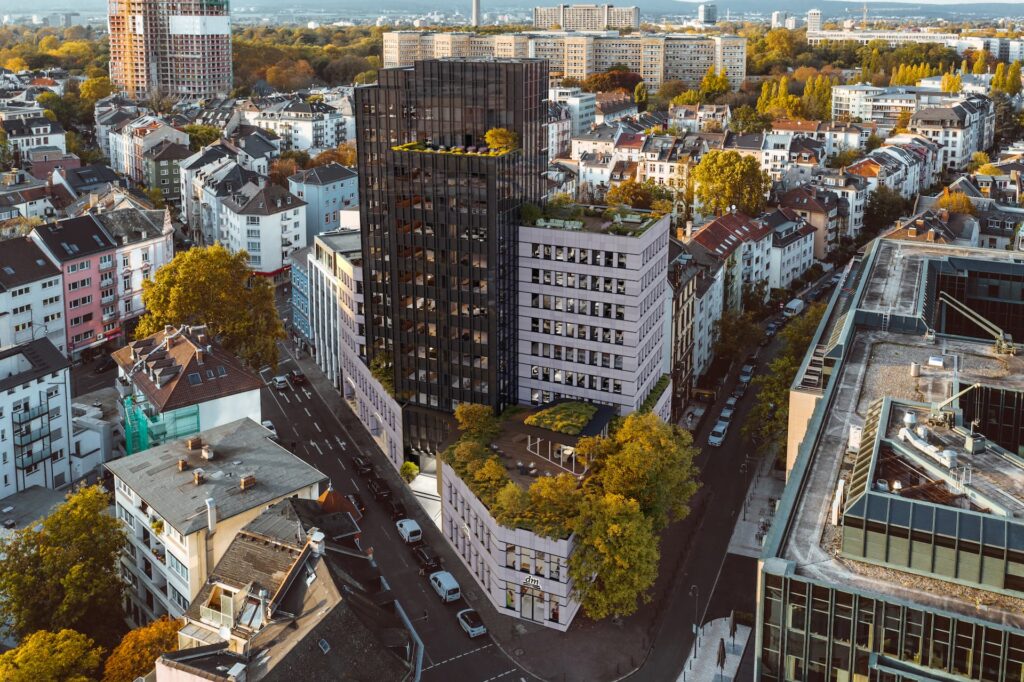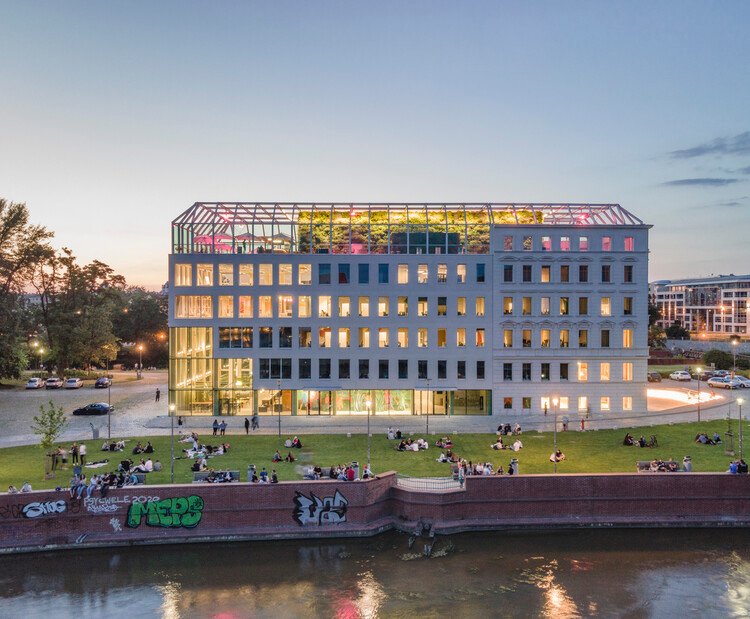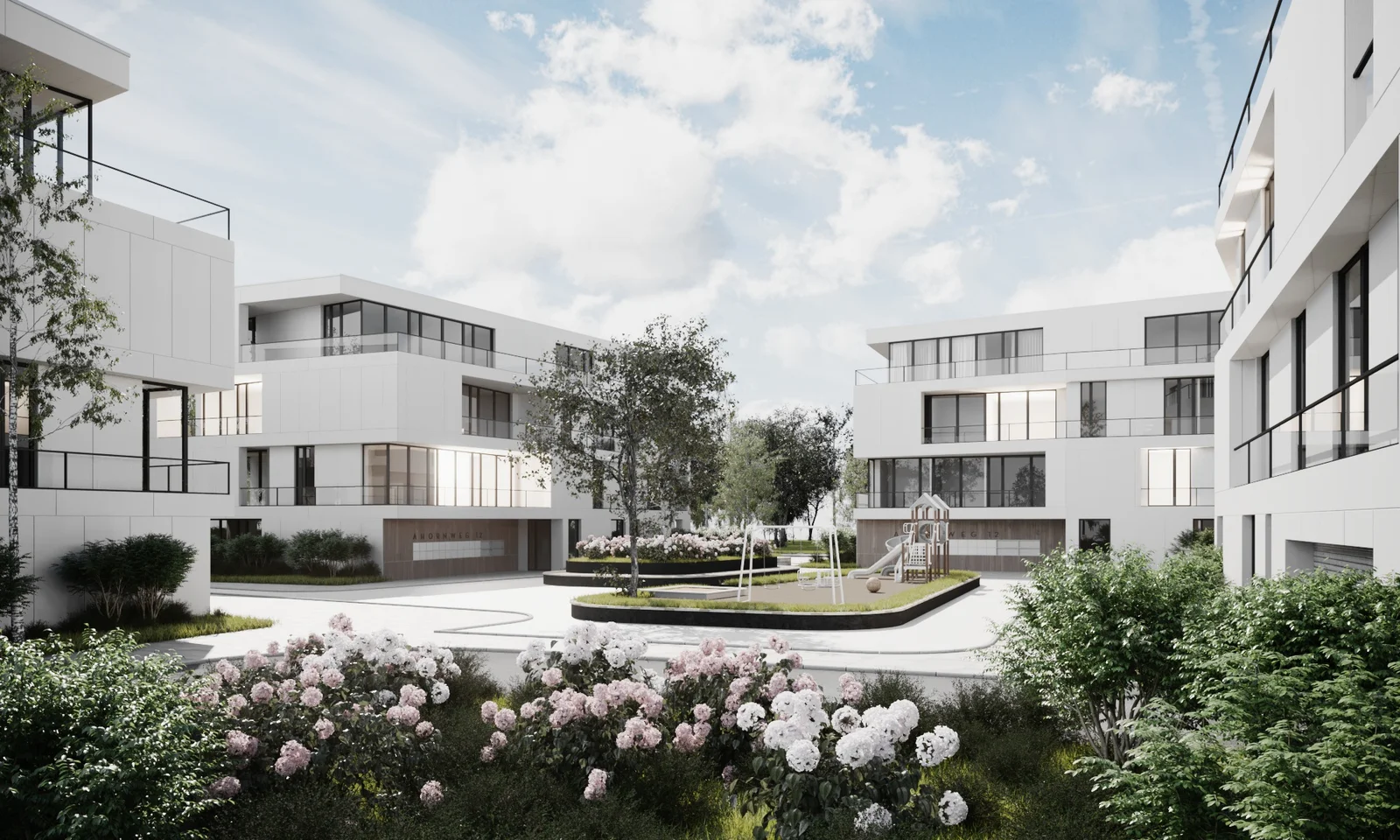How 3D Visualizations Enhance the Design of Theaters and Opera Houses
In the world of architecture and design, 3D visualizations have revolutionized the way professionals create and communicate their concepts. This innovation has been particularly transformative in the realm of designing theaters and opera houses, where intricate details and grand objectives collide. This article will delve into the ways in which 3D visualizations have significantly enhanced the design process and the final results for these prestigious cultural monuments.
The Impact of 3D Visualizations on Designing Theaters and Opera Houses
3D visualizations have a profound impact on the design of theaters and opera houses, from the concept stage to the final execution. They provide a comprehensive, detailed, and realistic view of the project, allowing designers, clients, and stakeholders to better understand the design, make necessary adjustments, and visualize the final outcome in a way that 2D blueprints cannot. Let’s delve into detail about how this technological tool boosts the design process.
1. Enhanced Accuracy and Detailing
One of the most beneficial aspects of 3D visualization is its ability to provide a highly accurate representation of the proposed design. Theaters and opera houses are complex structures that require intricate detailing. 3D visualizations allow designers to create precise models, highlighting every tiny element, from seating arrangements to ceiling elements, and even stage design. This eliminates the ambiguity that could arise from 2D drawings and allows for more accurate planning and execution.
2. Improved Communication and Understanding
3D visualizations facilitate better communication between designers and clients or stakeholders. It’s easier to understand a design when you can view it from all angles, walk through it, and even experience it in virtual reality. This level of understanding can help avoid costly misunderstandings and design changes later in the process and gives everyone involved a clear sense of the project’s direction.
Advanced Acoustic Planning with 3D Visualizations
The Role of 3D Visualizations in Acoustic Design
The acoustic quality of a theater or opera house is paramount to the overall performance experience. Thanks to 3D visualization technology, designers and acousticians can simulate sound propagation and reverberation within a virtual model of the building. This allows them to adjust the design and materials of the structure to optimize the sound quality before the construction phase begins.
3D visualizations deliver a multi-dimensional perspective, revealing how sound waves will interact with the architecture. This not only helps in creating a space with excellent acoustics but also in avoiding costly changes and modifications in the later stages of the project.
Case Studies of Acoustic Planning with 3D Visualizations
One of the most significant examples of using 3D visualizations in acoustic planning is the Elbphilharmonie in Hamburg. Architects used advanced 3D technology to model the entire hall and then worked with acousticians to perfect every inch of the space, creating an unforgettable auditory experience.
Another example is the Royal Opera House in London, where a 3D visualization tool was used to plan and test the acoustics of the Paul Hamlyn Hall. This ensured that the refurbished space would provide a high-quality sound experience for all attendees.
Enhancing Aesthetic Appeal and Functionality with 3D Visualizations
Perfecting the Visuals with 3D Technology
The visual appeal of a theater or opera house plays a significant role in creating an immersive environment. 3D visualizations allow designers to experiment with different architectural styles, interior designs, and lighting setups in a virtual environment. This helps in creating a visually stunning and functional space that enhances the performance and the audience’s experience.
Moreover, 3D visualizations can help in showcasing the design to stakeholders in a more realistic and engaging manner. They can explore the proposed design from different angles, understand the spatial relationships, and get a feel of the finished structure, which can lead to quicker approval of the design.
Case Studies of Aesthetic Designing with 3D Visualizations
The refurbishment of the Bolshoi Theatre in Moscow is a prime example of how 3D visualizations can enhance the aesthetic appeal of a theater. The design team used 3D technology to recreate the historical appearance of the theater while incorporating modern facilities.
Similarly, for the redesign of the Mariinsky Theatre in St. Petersburg, 3D visualizations were used to create a harmonious blend of traditional and contemporary architectural styles. The design team was able to visualize the impact of different design elements, leading to a structure that is visually impressive and functionally efficient.
Improved Audience Experience through 3D Visualizations
Designing for a Better Audience Experience
A theater or opera house is not just about the performance; it’s about the overall experience. From the moment the audience steps into the building to the time they leave, every aspect contributes to their experience.
With 3D visualizations, designers can simulate the audience’s journey through the building, from the entrance, the lobby, the seating area, to the stage. This can help in identifying and addressing any potential issues related to accessibility, comfort, and visibility, thereby ensuring a seamless and enjoyable experience for the audience.
Case Studies of Audience Experience Design with 3D Visualizations
The renovation of the Paris Opera House is a great example of using 3D visualizations for enhancing audience experience. The design team used 3D technology to improve accessibility, increase seating comfort, and optimize sightlines from all seats.
Similarly, for the design of the Oslo Opera House, 3D visualizations were used to create a unique and engaging audience experience. From the sloping roof that allows visitors to walk up and enjoy the view of the city to the magnificent auditorium with excellent acoustics and visibility, every aspect was meticulously planned using 3D technology.In conclusion, 3D visualizations have revolutionized the way we design theaters and opera houses. These advanced technologies allow architects and designers to create highly accurate, realistic models, enabling them to experiment with different design elements before construction begins. They facilitate better communication between various stakeholders, enhance audience experience and optimize performance spaces. The application of 3D visualizations in the design of theaters and opera houses ultimately leads to more engaging, immersive, and successful productions. Therefore, it’s undeniable that the power and potential of 3D technology is invaluable in the realm of theater and opera house design.







